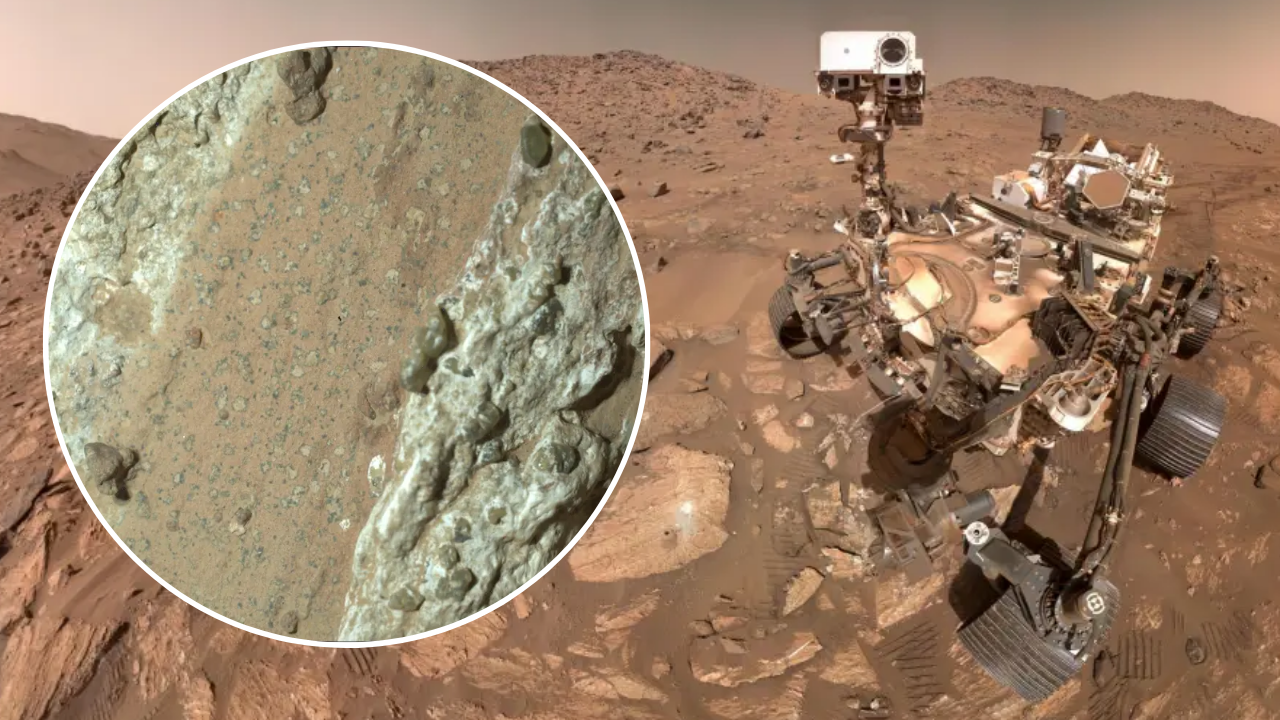NASA’s Perseverance rover has identified potential biosignatures in Martian rock, raising questions about the future of sample return missions. On September 10, the Perseverance team announced findings from a rock known as “Cheyava Falls” located within the Jezero Crater. These intriguing minerals could indicate past microbial life, but definitive analysis requires samples to be returned to Earth.
The rover collected a core sample, referred to as “Sapphire Canyon,” stored in a cylindrical tube designed for the upcoming Mars Sample Return (MSR) mission. However, this mission faces significant challenges, including delays and budget cuts proposed in former President Donald Trump’s 2026 federal budget, which could jeopardize NASA’s plans to bring Martian materials back to Earth.
In light of these uncertainties, China is positioning itself to potentially return Martian samples first. The country’s Tianwen 3 mission aims to launch in late 2028 and is projected to return material to Earth by 2031. Although the landing site is still being determined, Jezero Crater—a site of interest for Perseverance—could be a target for sample collection.
Tianwen 3 plans to utilize a combination of a drill, scoop, and small drone to gather approximately 500 grams (1.1 pounds) of Martian material. The mission’s success hinges on choosing an appropriate landing site, which must fall between 17 and 30 degrees North latitude. While Jezero Crater is located at 18 degrees North, the crater’s elevation presents a challenge; it sits around 2,600 meters (8,350 feet) below Martian “sea level,” whereas Tianwen 3 needs to land at least 3,000 meters (9,840 feet) below to ensure a safe descent.
In contrast, NASA has developed advanced precision landing technologies, allowing for targeting more challenging sites rich in scientific data, such as Jezero. The landing accuracy for NASA’s missions, including Perseverance, has typically been described with a landing ellipse of about 7 by 6 kilometers (4.3 by 3.7 miles).
China’s Tianwen 3, which successfully landed its Zhurong rover in 2021, will employ similar technology but with a wider landing ellipse of approximately 50 by 20 kilometers (31 by 12.4 miles). This broader range may limit the ability to target specific areas, such as where the Sapphire Canyon sample was obtained.
Despite these limitations, the findings from Perseverance may influence China’s landing site selection. Tianwen 3 could prioritize clay-rich regions and ancient riverbeds, echoing the characteristics of the terrain where Perseverance discovered the potential biosignatures.
As the situation unfolds, NASA might explore alternative strategies to expedite the return of samples from Mars. Success in this endeavor would not only further our understanding of the Red Planet but also enhance international collaboration in space exploration. The competition between NASA and China in this domain underscores the significance of interplanetary research and the quest to understand Mars’s geological and biological history.
